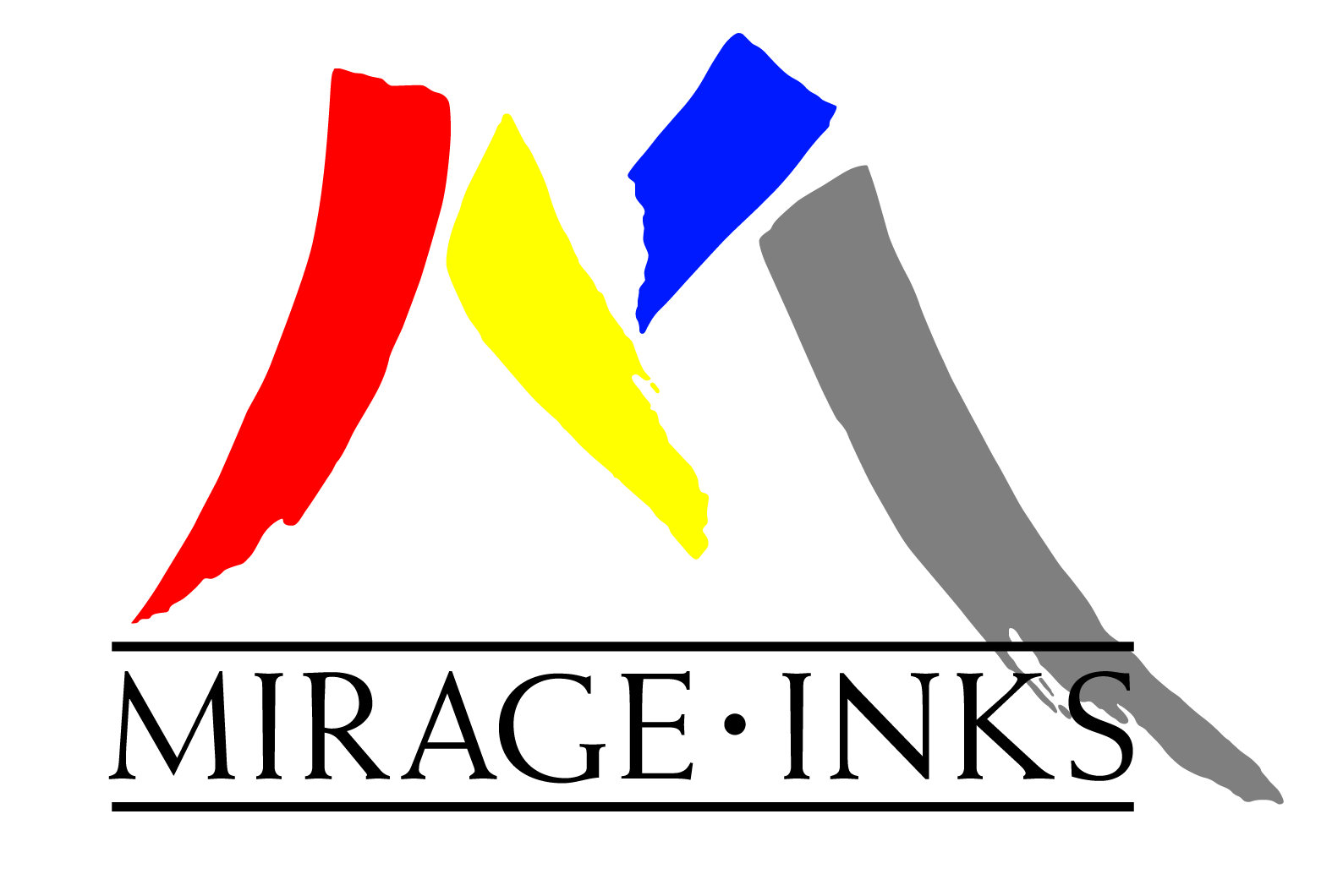Migration/Food packaging
The last few years has seen much more emphasis placed on the safety of food packaging and as such legislation governing materials and articles intended to come into contact with food. There still, however, remains a lack of harmonised EU legislation where printing inks are concerned.
At present the only legislation which specifically governs printing inks is the Swiss Ordinance 817.023.21 which became law in 2010 and Regulation(EC) 1935/2004, article 3 of which inks must comply with once they have been printed/dried on the non food contact surface and become part of the packaging.
The Swiss Ordinance contains positive lists of materials that can be used in food packaging. Substances need to have sufficient toxicological data to be included within List A. Those without sufficient tox data are included within List B, meaning migration levels have to be below 10ppb unlike List A which allows migration levels up to 50ppb and above, in some cases. Since 2010 these lists have been updated on an annual basis with new materials added and/or movement of materials from list B to list A or vice versa as new information and testing comes to light. At this time there is also a German Ordinance on food packaging inks which is still in draft form, but likely to be even more demanding. Final version not expected until 2015.
Mirage has ensured that all ink components utilised are listed within Annex 1 and Annex 6.
Many of these materials have been independently assessed as being suitable for food packaging use.

